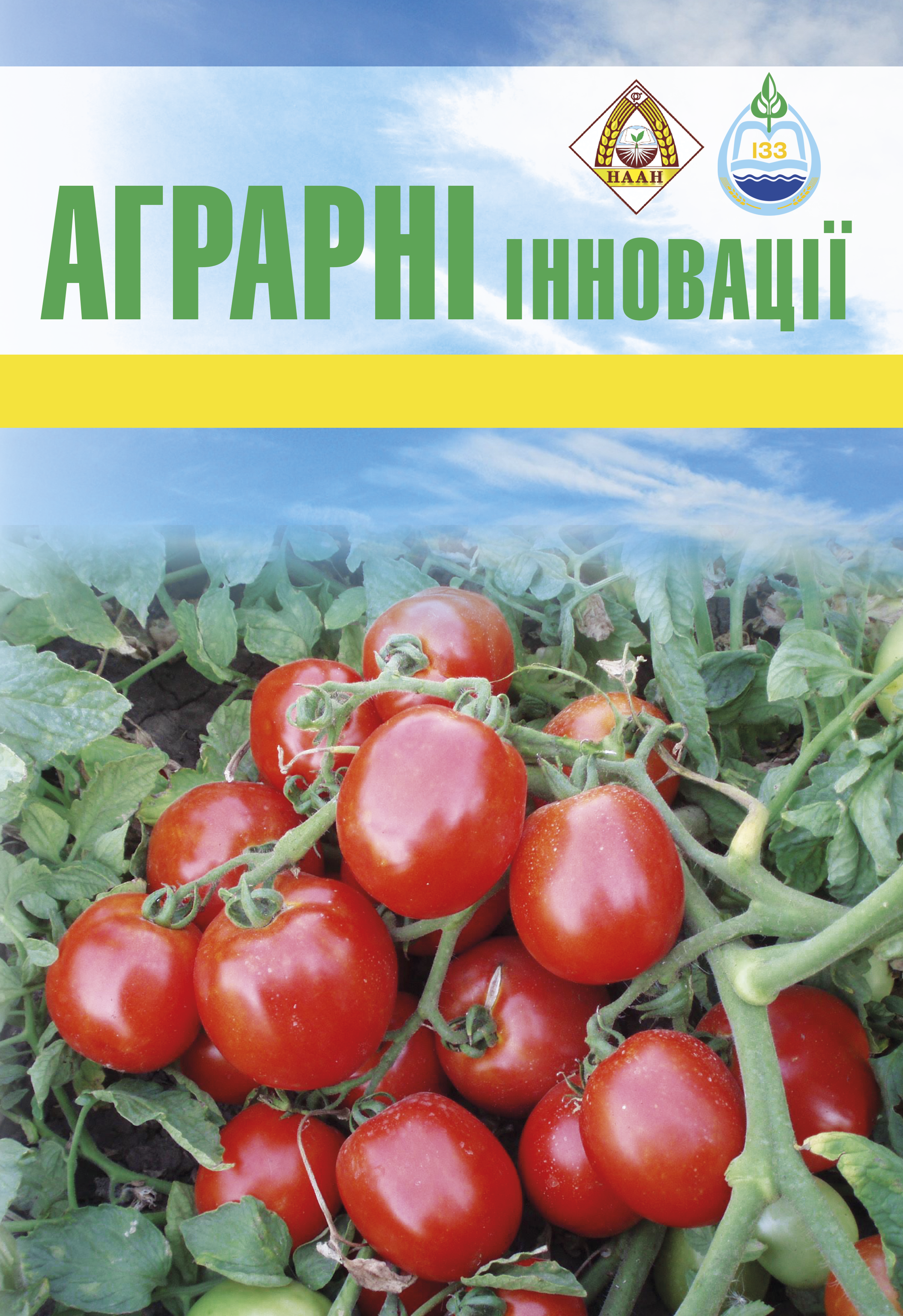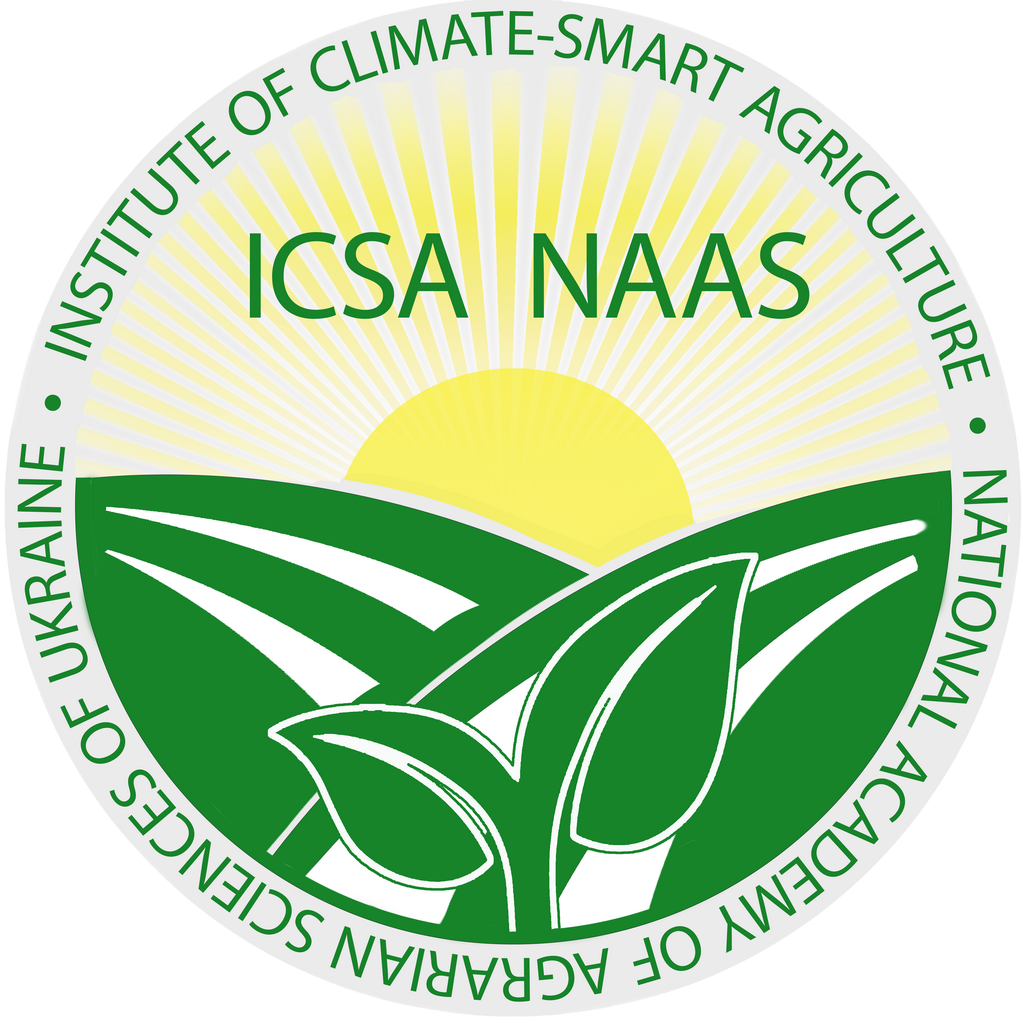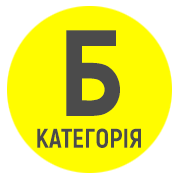Chemical characterization, neurodegenerative and antioxidant potentials of two different hawthorn (Crataegus species) fruits from Azerbaijan
Abstract
Hawthorn (Crataegus spp.) is an edible wild fruit which is used in traditional medicine, food and beverage industries in many countries since ancient times. In this study, the fruits of two different Crataegus species (C. pentagyna and C. caucasica) from Azerbaijan were examined by means of chemical characterization, neurodegenerative and antioxidant potentials. The fruits were extracted using n-hexane, ethanol, acetone, and ethyl acetate by Soxhlet extractor. The fatty acid components (oleic and linoleic acids) of n-hexane extract were evaluated by GC-FID. Linoleic acid (LA) was the most abundant fatty acid as 47.00% and 49.95% for C. pentagyna and C. caucasica species, respectively. The ethanol, acetone, and ethyl acetate extracts of C. pentagyna and C. caucasica were investigated by means of total flavonoid, carbohydrate content and antioxidant activity by UV-Visible spectrophotometer, HPLC-RID and DPPH method, respectively. The total flavonoid and carbohydrate content in the two hawthorn fruit extracts were found as between 4.21-5.84 mg QUE/g and 15.4-17.8 g/100 g fruit, respectively. The results of the antioxidant content of hawthorn extracts were found in the range of 54-72% DPPH scavenging activities. It is seen that the antioxidant capacity of the C. pentagyna species are higher than the C. caucasica species. While the % DPPH radical scavenging activity (0.5 mg /mL) values were maximum 72.40% ± 2.74 in C. pentagyna species, it reached a maximum value of 61.78% ± 0.50 in C. caucasica species. It was observed that aqueous and ethanol extracts of Crataegus monogyna subsp. monogyna fruits showed the highest activity in reducing power and metal chelating activity experiments. The hawthorn extracts exhibited 54-72% DPPH scavenging activities. The capacity of hawthorn extracts to reduce H2O2 toxicity on SH-SY5Y cells at non-toxic concentrations was examined using the cell viability test. It can be concluded that the cytotoxicity of C. caucasica species is higher than that of C. pentagyna species, but their antioxidant properties are approximately similar. According to these results, the extracts of two different Crataegus species (C. pentagyna and C. caucasica) from Azerbaijan can be used as easily available source of natural antioxidants and as a possible food supplement.
References
2. Bor Z, Arslan R, Bektas N, Pirildar S, Donmez AA (2012) Antinociceptive, antiinflammatory, and antioxidant activities of the ethanol extract of Crataegus orientalis leaves. Turkish Journal of Medical Sciences, 2012, 42: 315-324.
3. Coklar H, Akbulut M, Kılınç S, Yıldırım A, Alhassan I (2018) Effect of freeze, oven and microwave pretreated oven drying on color, browning index, phenolic compounds and antioxidant activity of hawthorn (Crataegus orientalis) fruit. Notulae Botanicae Horti Agrobotanici Cluj-Napoca, 2018, 46:449-456.
4. Čulum D, Čopra-Janićijević A, Vidic D, Klepo L, Tahirović A, Bašić N, Maksimović M (2018) HPLC-ED analysis of phenolic compounds in three Bosnian Crataegus species. Foods 2018, 7: 66-69.
5. Edwards JE, Brown PN, Talent N, Dickinson TA, Shipley PR A review of the chemistry of the genus Crataegus. Phytochemistry, 2012, 79:5-26. [in English]
6. Ferioli F, Giambanelli E, D’Antuono LF, Application of different analytical methods for the determination of phenolics and antioxidant activity in hawthorn (Crataegus spp.) bud and sprout herbal extracts. Journal of Applied Botany and Food Quality, 2020, 93:1-10.
7. Hakima B, Chaymae B, Bouchra T, Antioxidant activity of hawthorn (Crataegus monogyna) from Morocco. Academia Journal of Medicinal Plants, 2019, 7: 30-35.
8. Keser S, Celik S, Turkoglu S, Yilmaz Ö, Turkoglu İ, The investigation of some bioactive compounds and antioxidant properties of hawthorn (Crataegus monogyna subsp. monogyna Jacq). Journal of Intercultural Ethnopharmacology, 2014, 3:51-55.
9. Rosario GM, Emmanuel IE, Raúl NA (2013-12) Antioxidant compounds in hawthorn fruits (Crataegus spp.) of Mexico. Revista Mexicana Biodiversidad, 2013-12, 84: 1298-1304.
10. Sarikahya NB, Ucar EO, Kayce P, Gokturk RS, Sumbul H, Arda N, Kırmızıgül S Fatty acid composition and antioxidant potential of ten Cephalaria species. Records of Natural Products, 2015, 9:116-123.
11. Shanthi R, Parasakthy K, Deepalakshmi PD, Niranjali DS, Protective effect of tincture of Crataegus on oxidative stress in experimental atherosclerosis in rats. Journal of Clinical Biochemistry and Nutrition,1996, 20:211-223.
12. Song SJ, Li LZ, Gao PY, Yuan YQ, Wang RP, Liu KC, Peng Y, Isolation of antithrombotic phenolic compounds from the leaves of Crataegus pinnatifida. Planta Med, 2012, 78: 67-71.
13. Tan YA, Kuntom A, Lee CK, Low KS, Comparative evaluation of palm oil color measurement using a prototype palm oil colorimeter. Journal of the American Oil Chemists’ Society, 2004, 81:733-736.
14. Tohtahon Z, Zhang L, Han J, Xie X, Zongcai T, Yuan T, Extraction optimization, structural characterization and bioactivity evaluation of triterpenoids from hawthorn (Crataegus cuneata) fruits. Journal of Food Biochemistry, 2017, 41:1-9.
15. Zheng G, Deng J, Wen L, You L, Zhao Z, Zhou L, Release of phenolic compounds and antioxidant capacity of Chinese hawthorn “Crataegus pinnatifida” during in vitro digestion. Journal of Functional Foods, 2018, 40:76-85.






